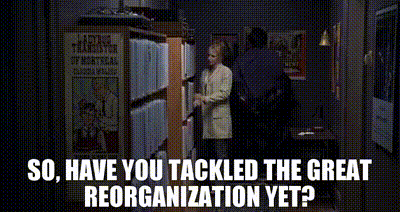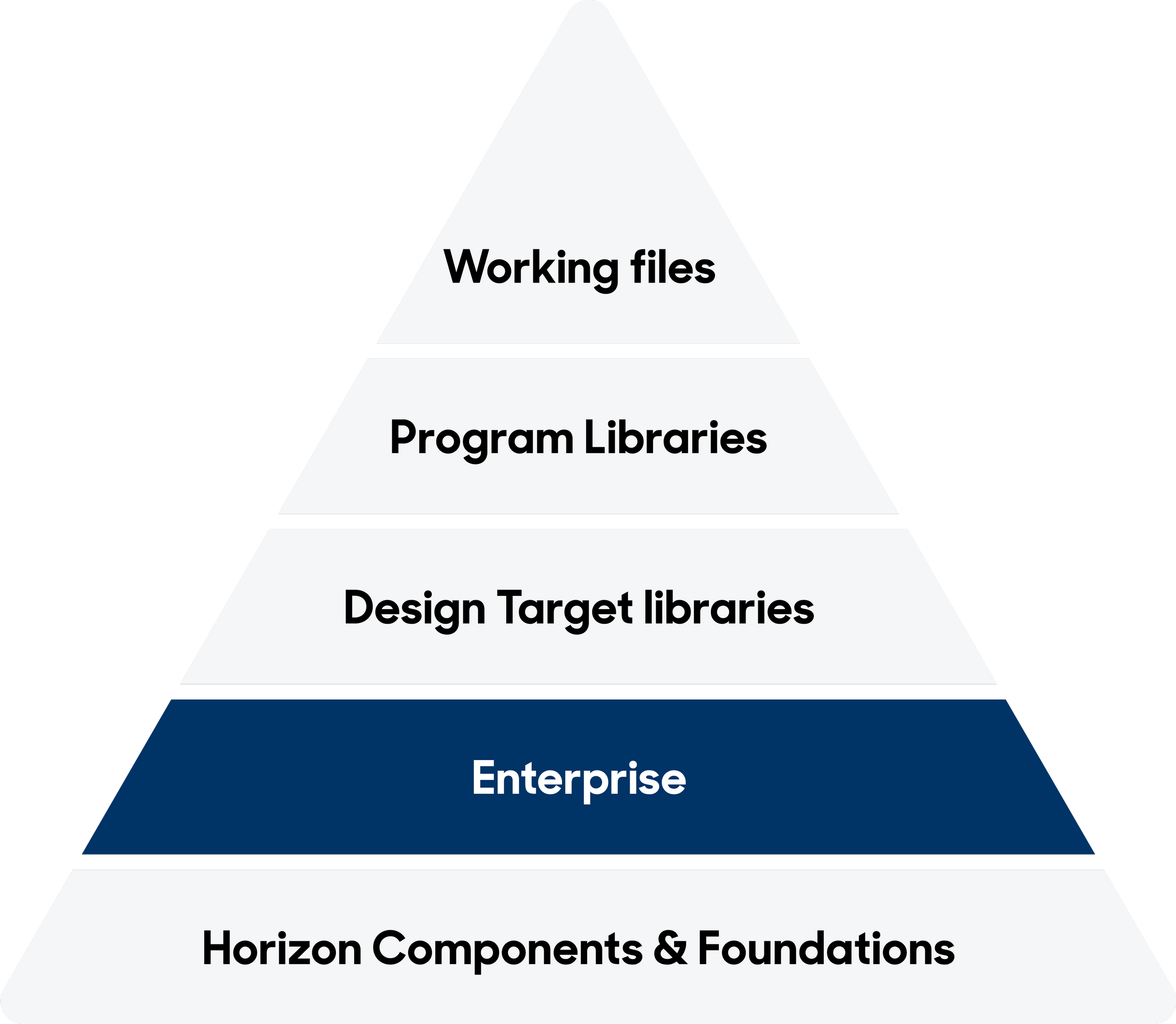A design system is always a large undertaking.
After working on both the mobile native and responsive web systems for U.S. Bank, I was hired to work on the new one they were creating a Carmax.
Since it was a fresh start, I jumped in on everything. I created tokens, components, patterns, documentation. There’s a lot to build. There’s a lot to guide. There’s a lot to explain.
Another initiative I led was called the Great Reorganization. It helped to fill in gaps in the layer of shared components that the design system didn’t currently account for.
Standing up a design system is a combination of curation and creation.
The hope is that there’s something that can be salvaged from what previously existed, but it needs to be carefully considered.
This library was basically the layer “before” the system; like the second step within the pyramid. It contained components that were shared to some extent, but was without live code or documentation. It was viewed as a soft backlog for the system.
I wrote an article about the process that was published on Design Systems for Figma and also Carmax’s medium blog.
Another large portion of the job was education. Because of our position as an enterprise product, we were considered the subject matter experts on accessibility. We did multiple workshops on the topic that were extremely well received, the most notable being The Cursed Canvas of Willowbrook Museum.
The fully tokenized and themeable approach for the system made it easy to switch things up with the push of a button. This was something we were able to illustrate with the system’s Memphis theme, which we rolled out for April Fool’s Day following the initial launch of the system.





